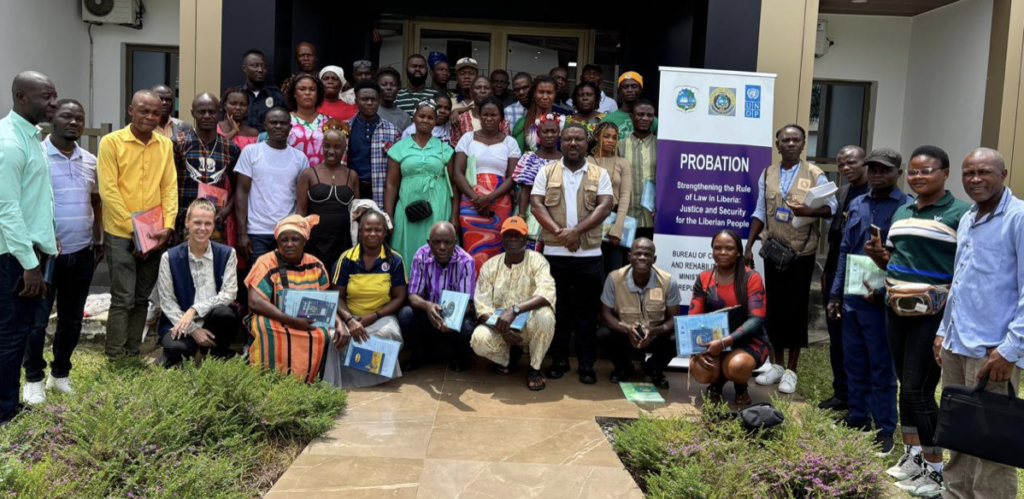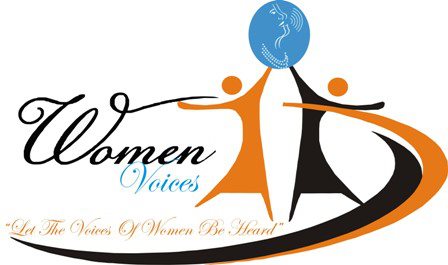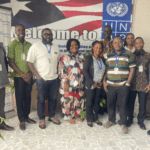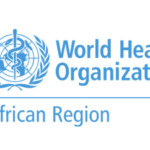
Monrovia, Liberia — Liberia faces rising youth unemployment, widespread drug abuse—especially synthetic drugs like “kush”, and weak coordination among justice, health, and social services.
Marginalized youth, often labeled as “zogos,” experience stigma, legal conflicts, and poor reintegration support. Under-resourced institutions and limited public awareness further hinder restorative and rehabilitative efforts, deepening insecurity and exclusion.
The Joint United Nations At-Risk Youth Programme is tackling youth marginalization in Liberia by strengthening institutional and community responses through targeted interventions. In July 2025, a week-long series of activities in Buchanan, Grand Bassa County, brought together justice, security, and community actors to promote restorative and inclusive approaches.
The key actions discussed during the sessions included ways to improve coordination and early warning systems among peace and security actors.
Training is needed for Justice actors to promote alternatives to imprisonment under Liberia’s revised drug law, while youth leadership training is necessary to build strategic, psychosocial, and organizational capacity of youth-led groups and the need for community townhalls to foster dialogue and local solutions for reintegration and peacebuilding.
Community leaders and justice officials view the At-Risk Youth Programme as impactful and transformative. Community members expressed strong support for probation services, highlighting their role in offering second chances, balancing justice with compassion, and promoting reintegration.
Calls were made for increased support to the Liberia Drug Enforcement Agency to strengthen community-level drug prevention efforts.
Magistrate Vasco M. Brown praised the training on Liberia’s new drug law, saying “it renewed his commitment to fighting substance abuse,” while Counselor Saye C. Guinkpa, Prison Director, emphasized the importance of rehabilitation over incarceration, viewing At-Risk Youth as victims needing support.
Overall, the project is seen as a positive force for change, promoting accountability, empathy, and community collaboration.
The project engaged 11 government institutions/agencies, multiple organizations, youth groups, traditional leaders, and community members, reflecting a broad cross-sectoral impact. A total of 160 people – 105 men and 55 women participated.
Participants expressed a strong desire for the project to continue and expand to other regions, and youth groups requested practical support, saying they want help “setting up referral desks and training peer counsellors” to sustain peer-led interventions.
The Justice actors emphasized the importance of legal follow-through, calling for “implementation of the plea-bargaining law and better tools for diversion.”
Role of UNDP
UNDP is the co-lead of the ARY Programme, providing technical and logistical leadership for justice and governance components. Its role is central to strengthening justice responses and enhancing community safety for At-Risk Youth.
In collaboration with UNFPA and national partners, UNDP ensures integration of rule of law principles, institutional ownership, and follow-up mechanisms.
UNDP’s contribution includes designing the training curriculum, coordinating stakeholder mobilization, leading planning, and facilitating the community town hall engagement.



